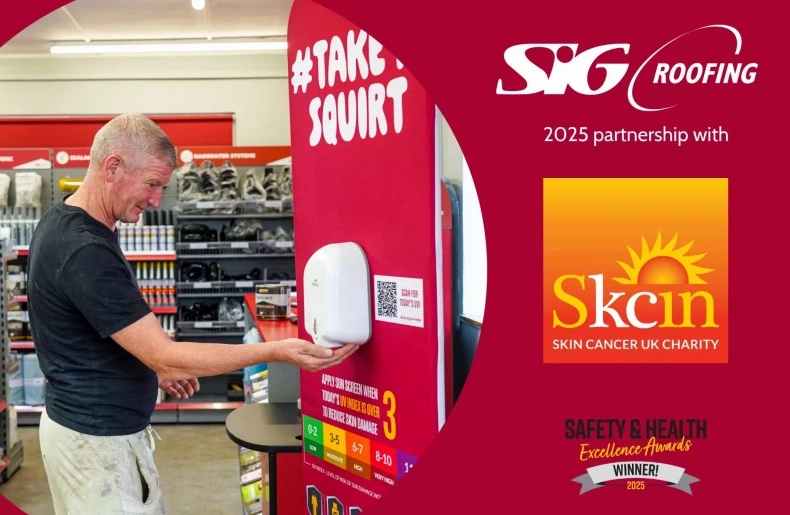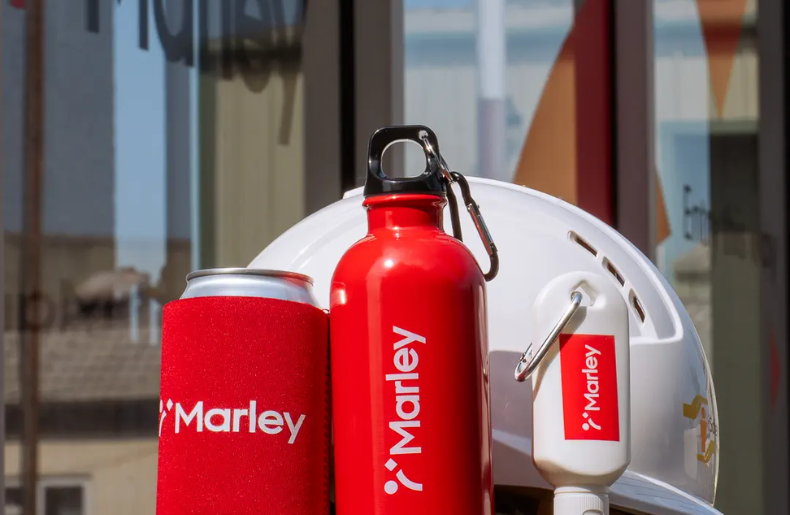Sun Safety as a Roofer: Why and How to Protect Your Skin
It’s not just the warm days we need to look out for either–UV levels are a silent danger that roofers need to be aware of.
Even in the UK, UV levels between March-October are high enough to cause skin damage, particularly between 11am-3pm. In fact, it doesn’t even need to be hot for UV levels to be dangerous. Even when it’s overcast, or on cooler days, long-term exposure to UV radiation can cause harm, damage, and serious health problems, including skin cancer.
Being a roofer in summer isn’t just tough, it’s risky. Cases of melanoma in the UK have surged by nearly 30% in the past ten years alone, making it the fifth most common type of cancer. British Journal of Cancer published a study that found that working in the sun could lead to one death and around five new cases of melanoma skin cancer each week in Britain, with construction workers accounting for 44% of these deaths.
The facts are alarming, which is why NFRC urges all contractors to take skin protection seriously. Being sunburnt just five times in your life can double the risk of melanoma. (Melanoma Focus).
Staying safe in the sun as a roofing contractor
It doesn’t need to be a particularly hot day for the sun to be harmful. Checking UV levels during March-October will help you prevent skin damage.
If you are working outdoors, follow these simple steps to stay safe and protect your skin:
-
Regularly apply sunscreen Apply every 2-hours, or more frequently if you’re sweating. Choose a sunscreen of SPF 30 or higher with a UVA rating of 4 or 5 stars.
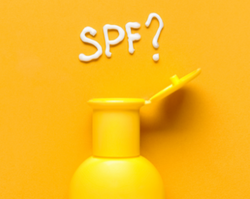
-
Cover up where possible Understandably, the idea of wearing long sleeve shirts or trousers when it’s hot sounds unbearable. However, if you have any lightweight clothing suitable for hotter days, this will increase your protection. The more your skin is exposed, the more potential there is for damage.
- Protect your head and neck Two of the most common places for skin cancer are the neck and ears. Wearing a lightweight snood or neck gaiters can provide cover from harmful UV rays.
-
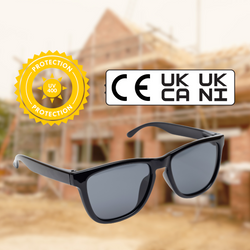
Protect your eyes Sun exposure doesn’t just damage our skin–it can lead to cataracts if your eyes aren’t properly protected. Sunglasses with UV400 protection or a CE mark are recommended.
-
Take a break in the shade Limit your exposure to the sun by taking breaks in shaded areas whenever possible, particularly between 11am-3pm when the UV rays are at their highest
-
Hydrate, hydrate, hydrate! You’re likely to get dehydrated quicker when working in the sun. Keep a refillable bottle with you and make a conscious effort to drink more frequently than usual.
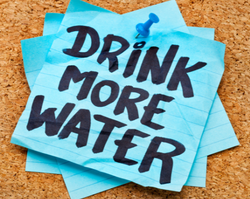
- Check UV levels It takes just 10 seconds to check, but it’s crucial to know the levels you’re going to be exposed to–even on cloudy, cold, or overcast days. Apps such as Met Office, BBC Weather, iPhone or Android weather apps, or simply searching Google will tell you what you need to know.
Understanding UV levels
- 0–2: Low risk – unlikely to need sun protection but be mindful if it’s likely to change throughout the day.
- 3–5: Moderate – take precautions when working for extended periods outside, particularly between 11am-3pm.
- 6–7: High – use sunscreen of SPF30 or higher, cover up where possible, take breaks in the shade
- 8+: Very high – strong protection needed; plan work carefully or reschedule if possible
Top tip: If the UV index is 3 or above, it’s time to start thinking about protection.
Employer and Employee Responsibility
If you work alone, it’s your responsibility to protect your skin. It’s also down to you to ensure you follow the guidelines set by your employer.
By law, under the Health and Safety at Work Act, employers are obliged to protect their workers from health risks, which include UV radiation and exposure to the sun.
Protecting your workforce isn’t just the law; it’s the right thing to do. Here’s how you can keep your people safe:
- Provide sunscreen onsite with a SPF30 with a UVA rating of 4 or 5 stars
- Supply UV-protective clothing if requested
- Be mindful of scheduling jobs during peak UV levels
- Provide water and access to shade
- Educate employees about sun safety
With a third of outdoor workers in the UK not applying sunscreen (YouGov), it’s time to change our attitudes to protecting our skin.
Useful Resources
NFRC HSGS41 Working outdoors in hot weather (MRK257)
We are proud to promote NFRC Members, SIG Roofing and Marley, and their skin protection campaigns.
